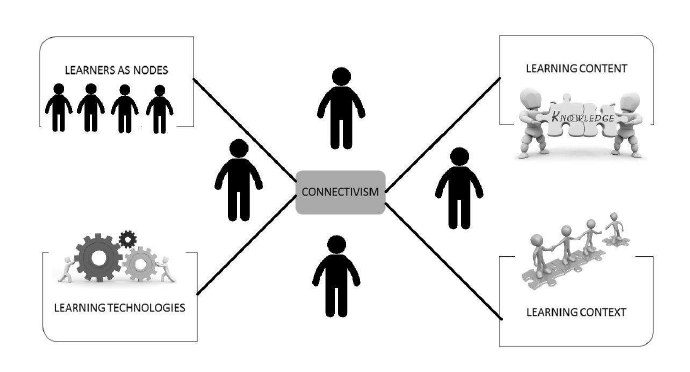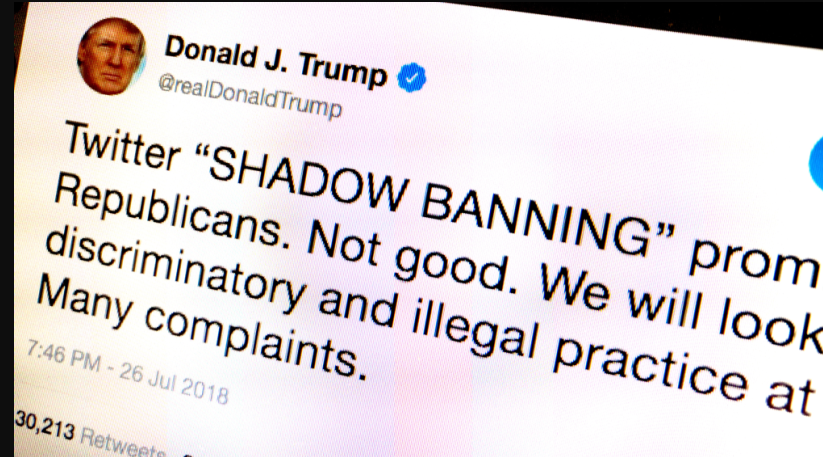Examine the application of social media to support learning
Through my journey with this course. I learned that social media is not only existing for the purpose of socializing, but also for the information exchanging as well as learning. Tiktok and YouTube are the two social media platforms I use the most and these two social media platforms supported my learning perfectly. For example, I love cooking and I learn most of the cooking online. I followed an account called “LaoFanGu” on both platforms. “LaoFanGu” gathered a group of state banquet chefs that teaches people how to make fancy meals. If I were going for a detailed cooking instruction of a certain dish, I would go to YouTube to learn detailed steps of the cooking process. They also offer a shortened version of each dish on TikTok so that it is more intriguing and meanwhile making sure I don’t miss any important steps. Another example is that as a Psychology major student. I always like to go to YouTube to find explanations of concepts I get confused about and I can always find detailed answers with explanations provided by the professionals. The use of social media absolutely supported my learning in my daily life.
Explain personalized learning and its relation to learning theory

Personalized learning enabled us to customize learning for our individual strengths, needs and interests. Learning theory describes how students receive, process and retain knowledge during learning (Illeris, Knud (2004)). This remind me of the Connectivism theory proposed by George Siemens. Siemens pointed out the limitations of traditional learning theory: Cognitivism (knowledge viewed as external to the leaner and it is viewed as symbolic mental constructs in the learner’s mind), Constructivism (Assumes learners are actively attempting to create meaning when learning and learning is believed to be a socially enacted process) and Behaviorism (Learning is about behavioural change and observable behaviour is more important than internal activities). Siemens mentioned that with the growth of technology and shrinking half-life of knowledge, Connectivism has become crucially important when it comes to learning for the digital age. In my Showcase Post I wrote that Connectivism integrates different entities as a whole, and the entities includes computer networks, social networks, individuals and groups. Connectivism allowed a faster information exchange and supported personalized learning by providing a wide variety of information that satisfy different individual’s need in learning and people can contribute, learn, and build their personalized learning network within it meanwhile allowing for continual information exchanging and learning.
Recognize that the Internet is not a neutral or equal space for everyone
Although I never believed internet is a neutral or equal space for everyone, this course has provided me with great detailed insight of why internet isn’t/can’t be a neutral or equal space for everyone. As I was browsing my fellow classmate’s major project. A very interesting term captured my attention. The TikTok group mentioned the term “Shadow Banning”, it means that TikTok will hide user’s profile, limiting their video’s views once the TikTok algorism marked the content as “Violates the community guidelines”. The “Community guidelines” however can be broad and vague and I personally see this issue a lot especially in the Chinese version TikTok which is “Douyin”. Users can put themselves at risk of shadow banning by publishing statements that not in Government’s favor, saying criticisms about the protocols that government use in dealing with the pandemic and sometimes they can even get their account permanently banned by posting statements that violates “Community Guideline”.

I also see this issue as I was watching Shelly Moore’s video of “Transforming Inclusive Education” has made me realize that most of traditional educations, infrastructures etc. are exclusive to people with disabilities. Mia also mentioned this point in her Showcase post of how videos without subtitles may make deaf individuals feel excluded. Although governments and tech companies are working towards the goal to inclusiveness, we still have a long way to go to achieve inclusiveness and this is another direct example of why internet is not a neutral or equal space to all individual.
Apply social media to develop a personal learning network in support of your personal and/or professional development
The concept of PLN(Personal Learning Network) states that we should consider ourselves as networked individual living and learning through our online and offline identities in the networked society. In addition, having a diverse PLN is also very important as it allows us to expand exclusiveness, learning from different forms of sources (e.g. Books, School, Social medias). It also allows us to hear voices from different people that from different background which is extremely helpful for building concrete ideas. As a psychology major student, I followed lots of Psychologists on YouTube. This help me expand my knowledge in psychology and help me gain ideas and inspirations of some essay questions as I watch their video. For example, I followed Dr. Todd Grande on YouTube. Dr. Grande is a psychologist, and his video answered my question about which type of narcissistic personality does Donald Trump has and enlightened me as I was struggling with my essay. Dr. Grande speculated Trump’s behaviour and stated what could be happening in his case very thoroughly. He also likes to analyze what is happening in the real world from his psychological view and I always feel inspired after watching his video. Learning psychology with real-world issue is definitely not the same as learning theories from the textbook as it help me building concrete ideas and helped me form academic ideology as well.
Identify privacy issues and practice online behaviours that are legal, safe, consensual, and ethical
In the fourth week of this course, I learned about digital privacy. It has been the biggest concern when it comes to the use to technology. I learned about the OIPC, FIPPA, and the cloud computing guidelines. I also learned that the U.S. Patriot Act was established as an anti-terrorist measure. I realized that it is our responsibility to protect our own digital privacy and we can do this by ensuring the consent obtained is informed consent. We should also be responsible in building a safe and reliable personalized learning network. I was able to learn how to sort through misinformation as I was reading the “SIFT” model introduced by Mike Caufield. It can be emphasized as “Stop”, “Investigate the source”, “Find better coverage” and “Trace claims, quotes and media to the original context”. The above steps will allow me to follow reliable individual agent and organizations with good expertise and reputations as well as reducing the risk exposing ourselves with misinformation in the process of paraphrase and re-telling. In addition, I also mentioned in our group project that we should keep engaging and seek out building connections with trusted individual and organizations.
Recognize data ownership and licensing (Creative Commons, Copyright, Fair Dealing, and Public Domain) as a core practice when creating, sharing, or using resources online
Data ownership and licensing is another important area that requires awareness. Just as Mia mentioned in her showcase post that it concerns her that after spending so much time making a video, once the video has been flagged infringing on someone’s copyright, the video can be muted, deleted and publisher can face legal action. This has reminded me of the importance of recognizing data ownership and Copyright and we should be very careful in following legal protocols when publishing videos and contents online.
Practice digital, networked, and open literacies in support of learning about social media and personalized learning

As I mentioned earlier in this post. I followed several psychologists on YouTube to gain inspirations and ideas about psychology and as a Psychology major student, this has supported my academic journey as well. I also practiced digital, networked, and open literacies to support my learning about social media and personalized learning by setting my TikTok account to public—which is the platform I like to post the most. I did this because just as my learning pod mate Lexi mentioned in her post about connectivism stating that connectivism begins with the person creates woven into numerous organizations and institution, in return the knowledge of each organization and institution feeds back into the individual’s network, allowing for a continual learning. This is a great summary of connectivism and PLN as it states that in the networked society, individuals can be both learners and educators in a fast-paced information exchange era. We benefit and we contribute, this is what makes our society connected and deeply believe in this and having my account set as public is a direct example of how I have practiced digital, networked, and open literacies to support my learning.
Leave a Reply